DIY Woodworm Treatment: Natural and Chemical Solutions That Actually Work
DIY woodworm treatment made simple—spot the signs, tackle the pests, and protect your timber from future damage with practical, proven methods.
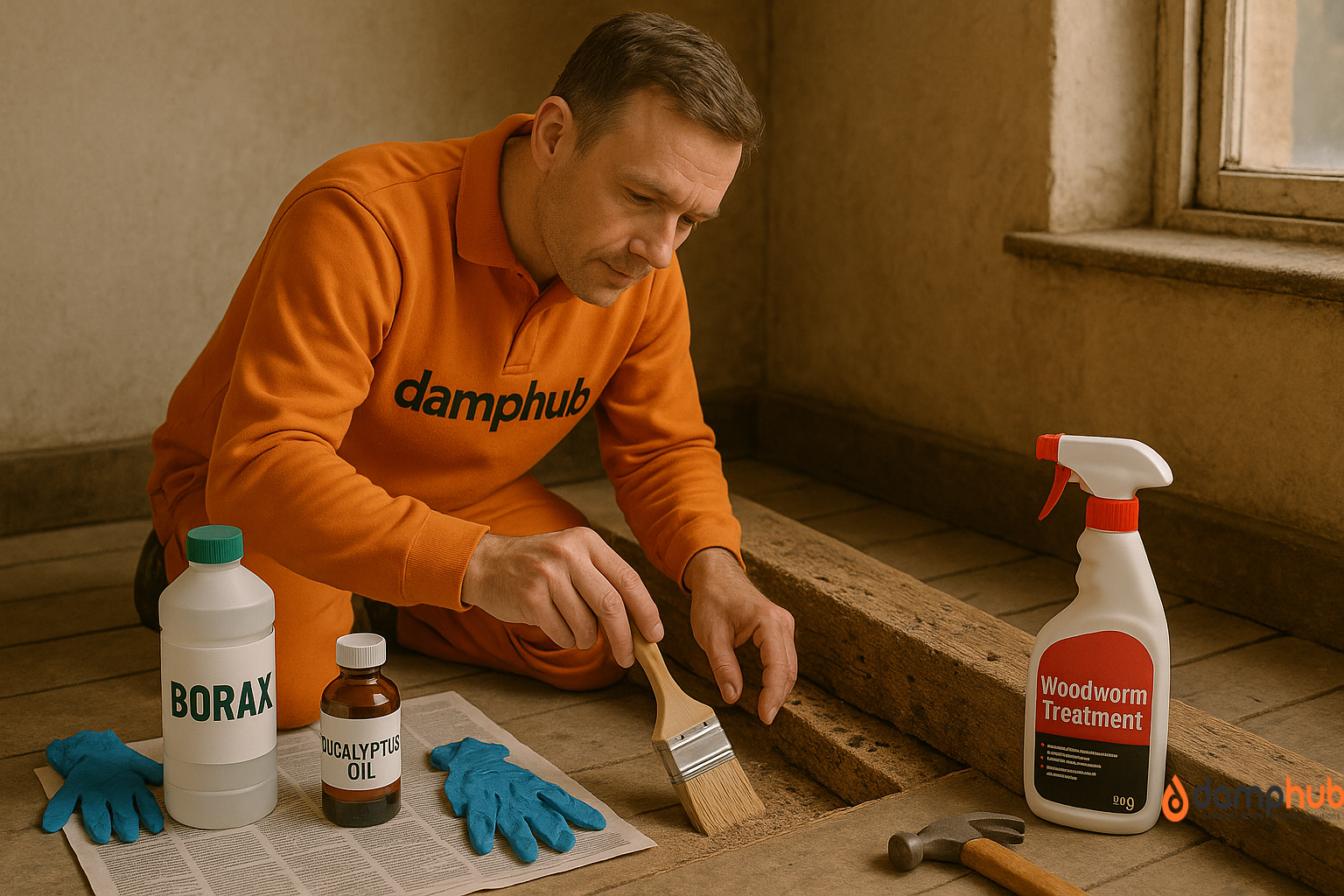
DIY woodworm treatment made simple—spot the signs, tackle the pests, and protect your timber from future damage with practical, proven methods.
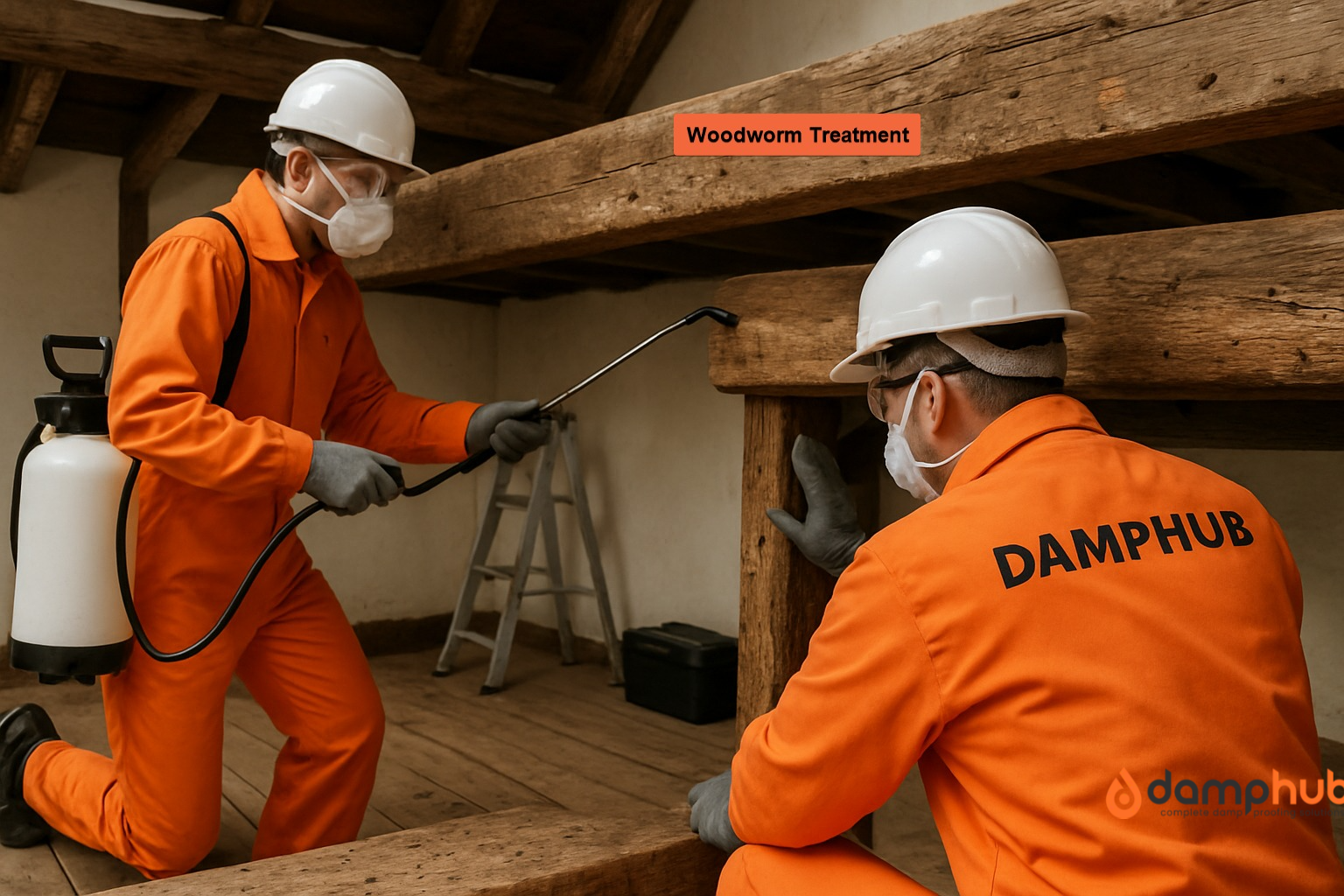
Finding woodworm can be worrying, but knowing treatment costs helps you act quickly. Prices vary with damage and access to affected timber. This guide covers typical UK costs, DIY vs professional options, and why prompt action protects your home’s structure and value.
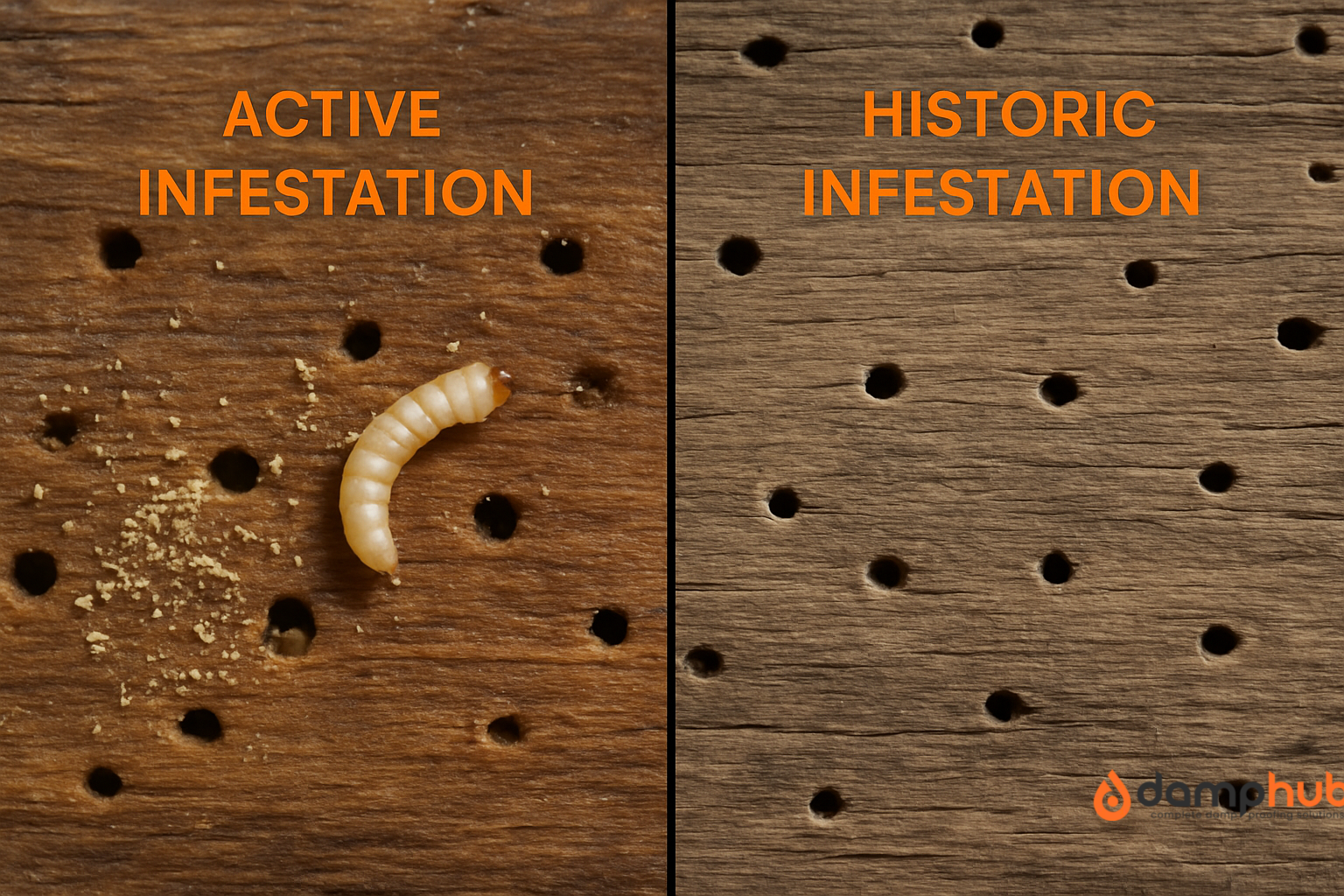
A woodworm infestation can silently weaken your home’s timber long before you notice visible damage. Fresh bore holes, fine wood dust, and weakened wood are all red flags. Learn how to spot these signs early, understand what causes woodworm infestation, and explore effective treatments to stop it before it spreads.
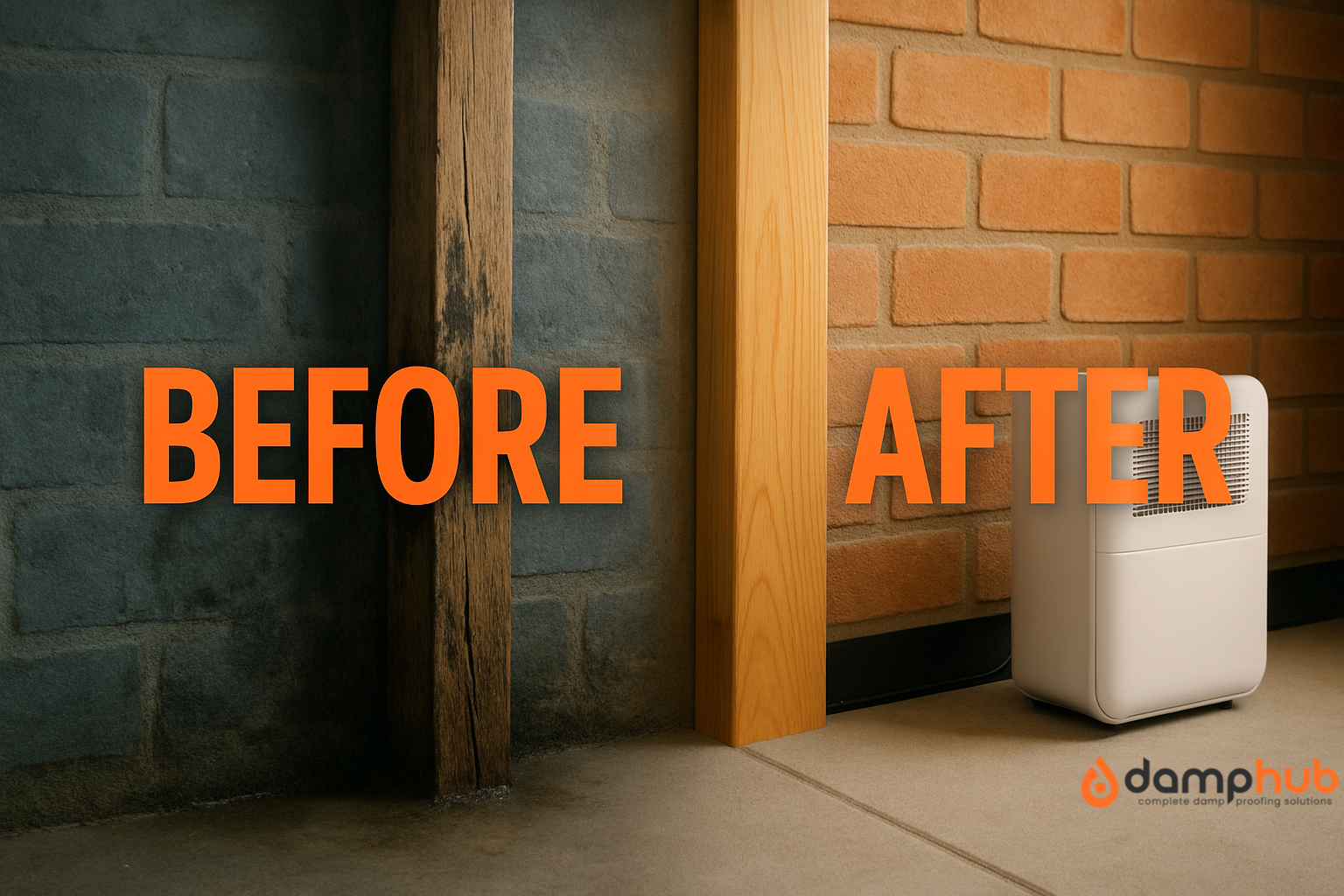
Moisture control means stopping damp before it damages your home’s timber. Keep wood moisture below 15%, improve airflow, and fix leaks early to block rot. This guide shows how to spot warning signs, test for damp, and use simple, low-cost fixes to keep your home dry and healthy.
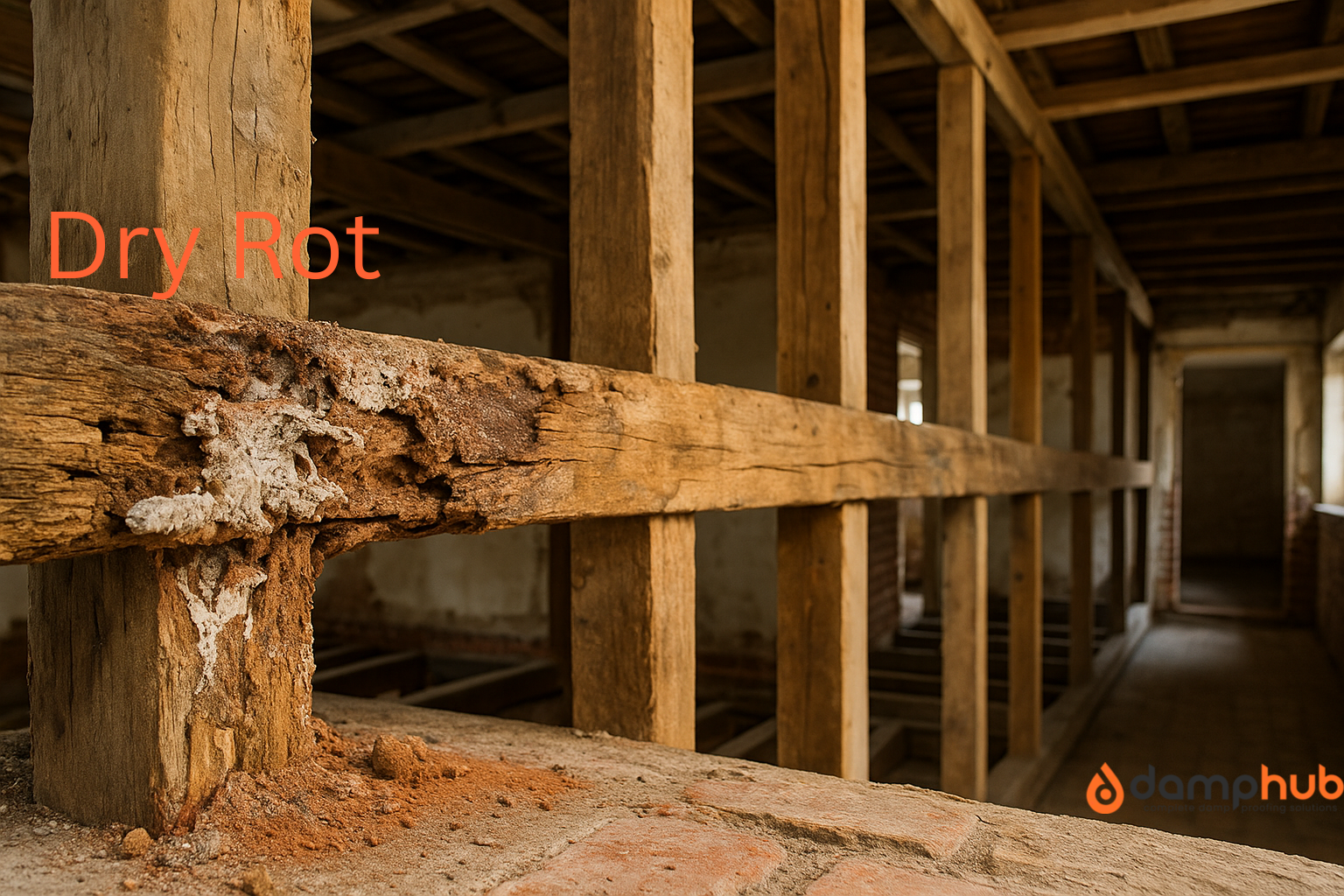
Dry rot in structural timber weakens beams, joists, and roof timbers. It thrives in damp, hidden spaces and can cause serious structural damage. Learn how to spot the signs, treat the problem, and prevent it from coming back in your UK home.
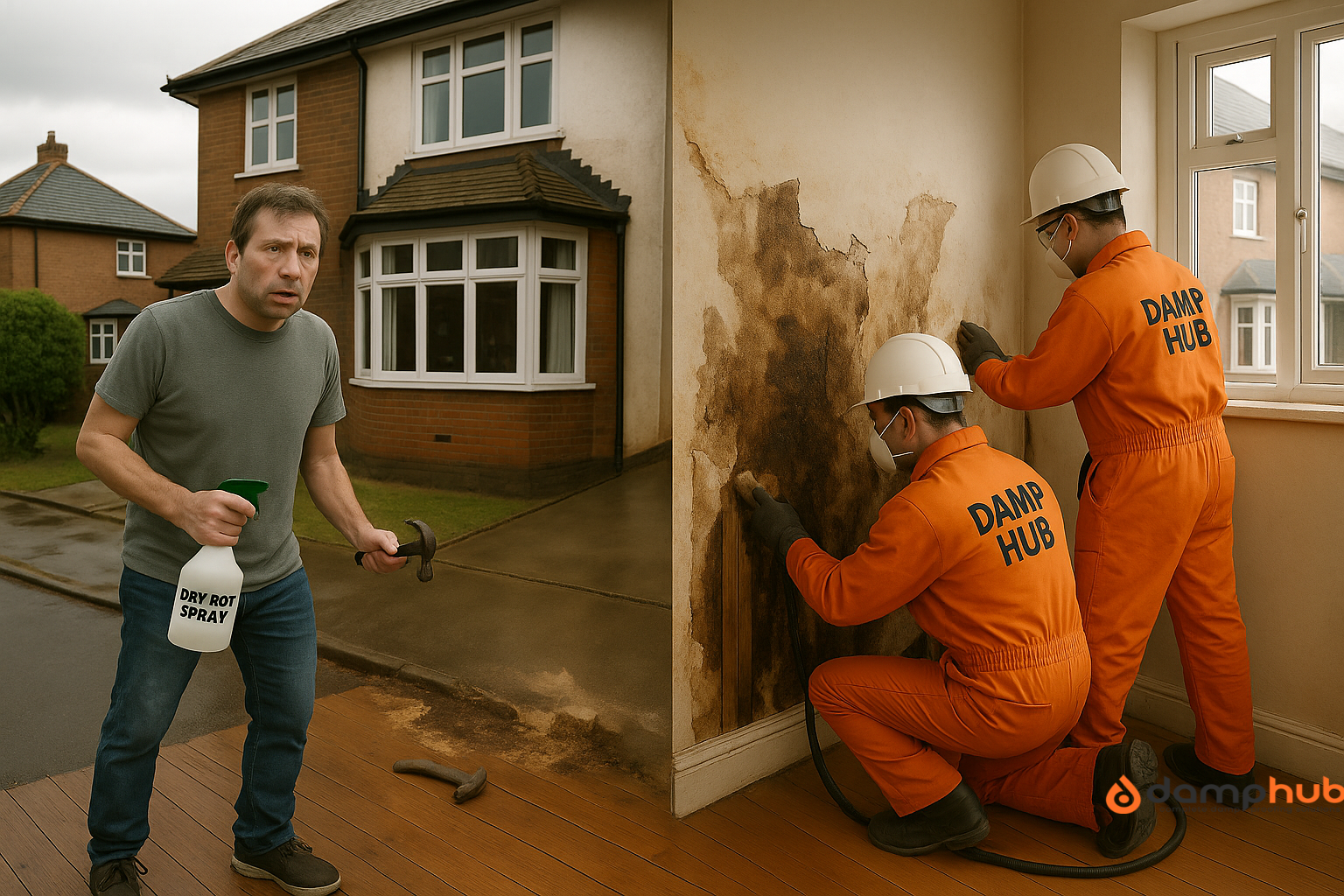
Dry rot is one of those problems that needs tackling the moment…
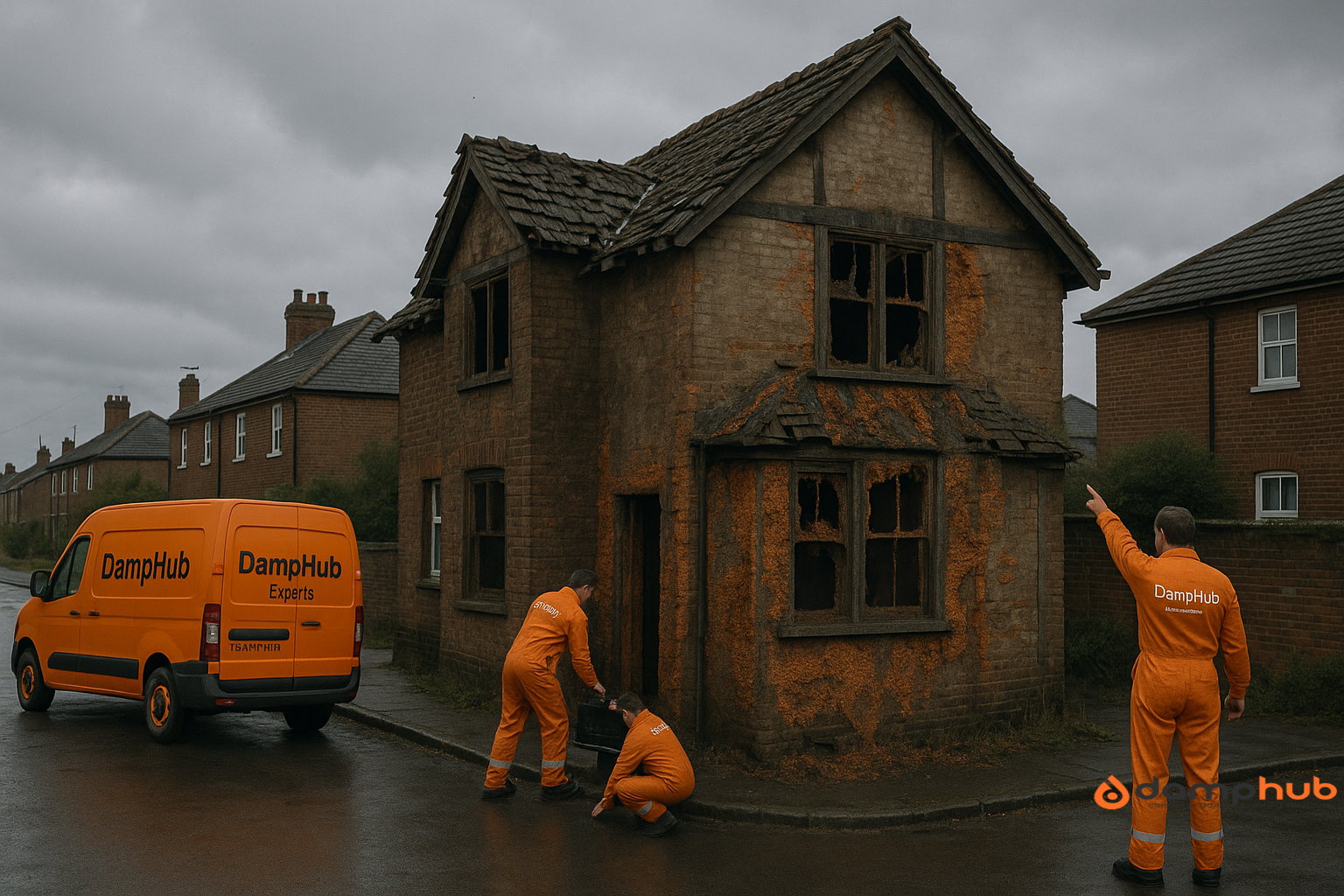
Dry rot is expensive because it often hides in floors, walls, or roofs before being found. In 2025, most UK repairs cost £4,500–£6,000. Small jobs may be £1,200, while major structural work can top £10,000. Listed buildings can exceed £15,000. Treatment must include timber replacement and damp fixes, or the rot will return.
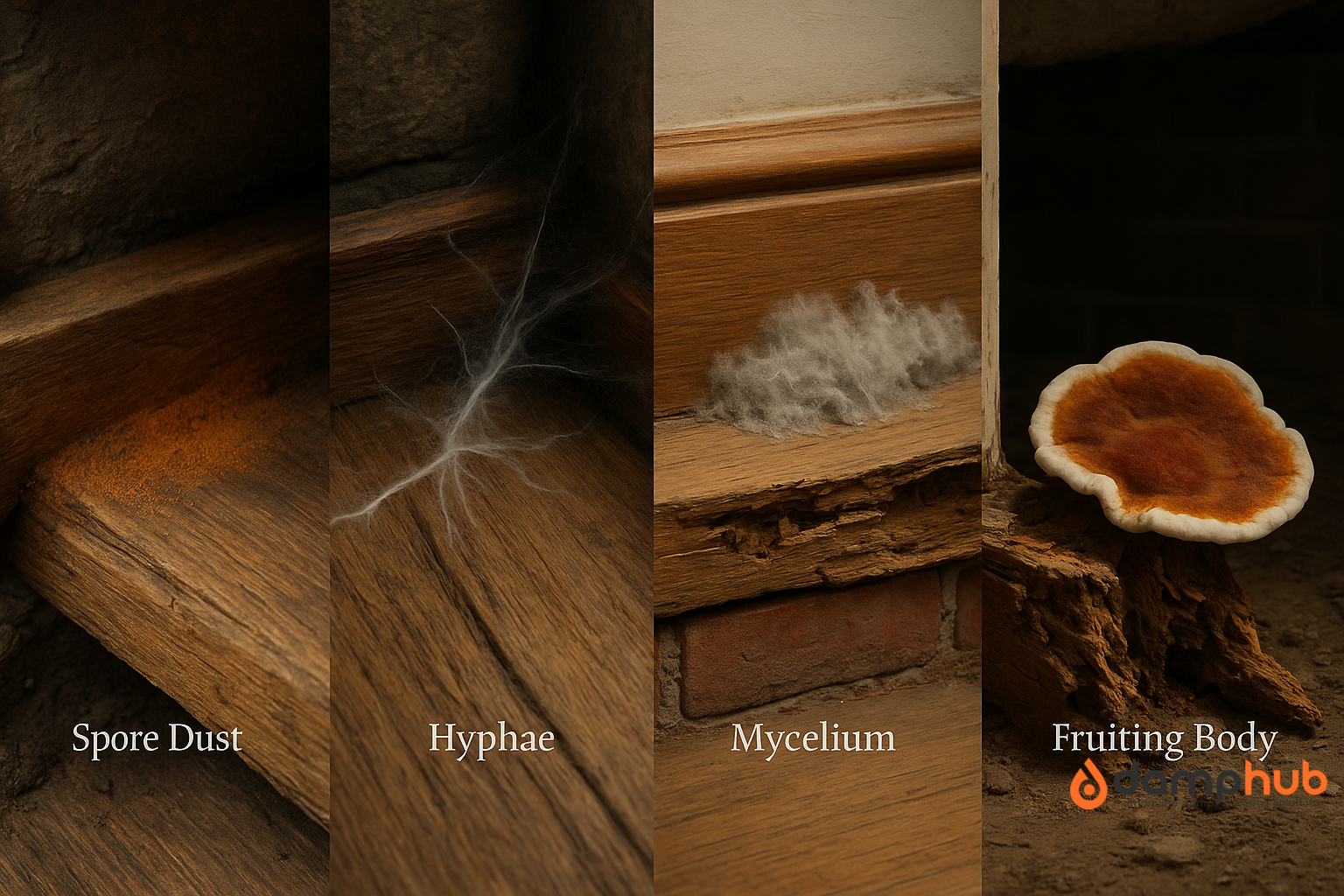
Dry rot doesn’t start with collapsing floors or mushroom-shaped growths. It starts…
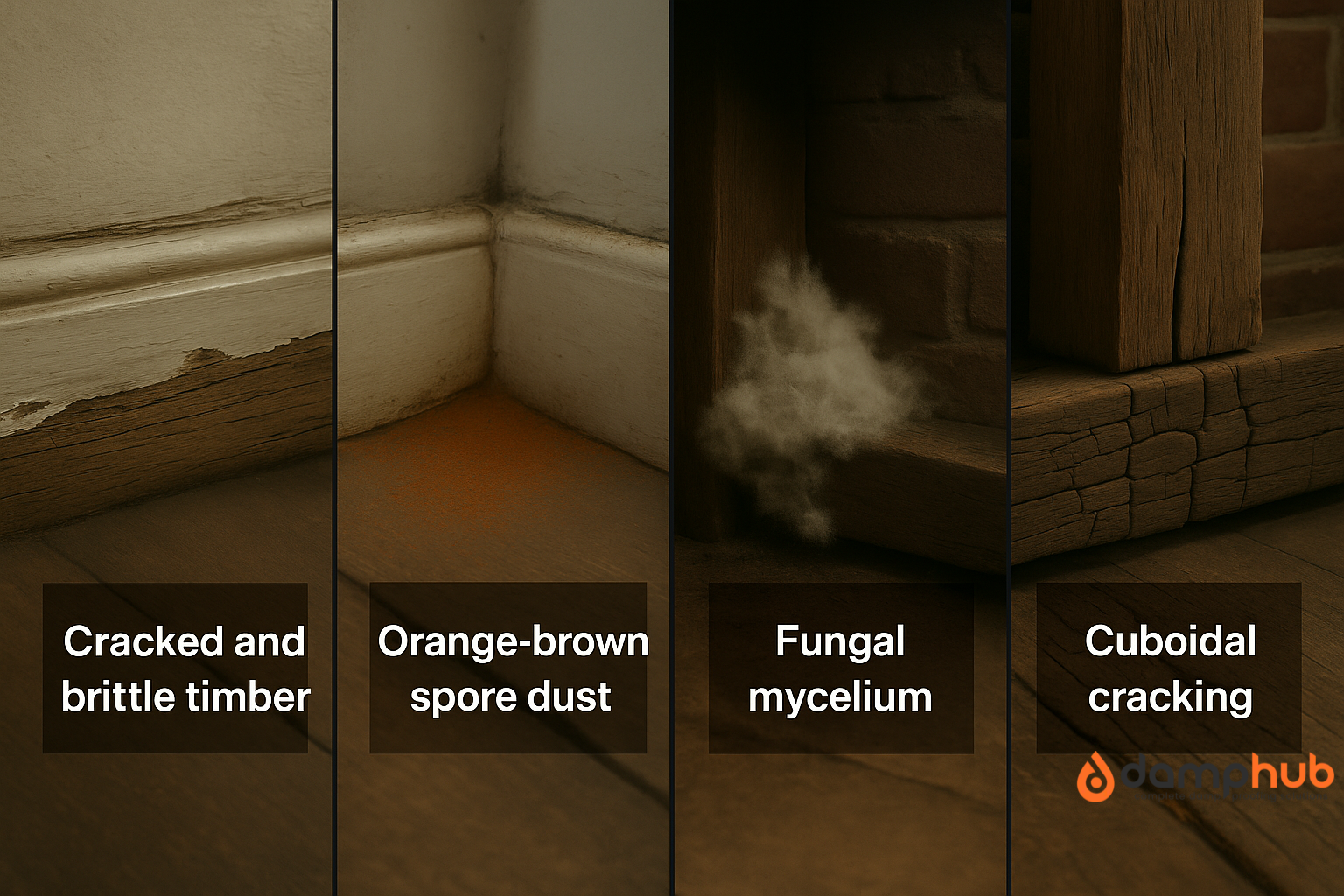
Dry rot won’t disappear by itself. It spreads quickly, often in hidden spots, and thrives on excess moisture. Small clues like soft timber, musty smells, or orange spores can signal bigger, costly problems ahead. This guide shows you how to spot early warning signs, stop the spread, and protect your home from expensive repairs.

Carpet beetles are now the UK’s most common textile pest, often causing damage to carpets, furniture, and clothing before you even notice them. The right spray can stop them fast — killing both larvae and adults, lasting long enough to break the cycle, and staying safe for use around your home. In this guide, we review the 10 best carpet beetle sprays in the UK that actually work, so you can choose the right one for your infestation and keep your home pest-free.

If you’ve spotted carpet beetle larvae or their shed skins, treatment isn’t optional — it’s urgent. These pests don’t just live in carpets; they hide in wardrobe corners, furniture joints, and under pet beds. Missing even a few can mean a full-blown return in weeks. In this guide, we break down the only carpet beetle treatments that work in the UK, how to prepare your home so they don’t survive, and when it’s worth calling in a pro. No myths, no guesswork — just the steps that actually stop them.

Carpet beetle eggs are the silent start to a costly infestation — tiny, sticky, and hidden deep in fibres where you’ll never see them until the damage is done. By the time you spot bald carpet patches or holes in your jumper, the larvae have already been feeding for weeks. In this guide, you’ll learn exactly where these eggs hide, how to spot the subtle signs they’re there, and the proven ways to kill them — from heat and insecticides to freezing delicate fabrics. Act fast, treat thoroughly, and you can stop an infestation before it destroys your home’s soft furnishings.